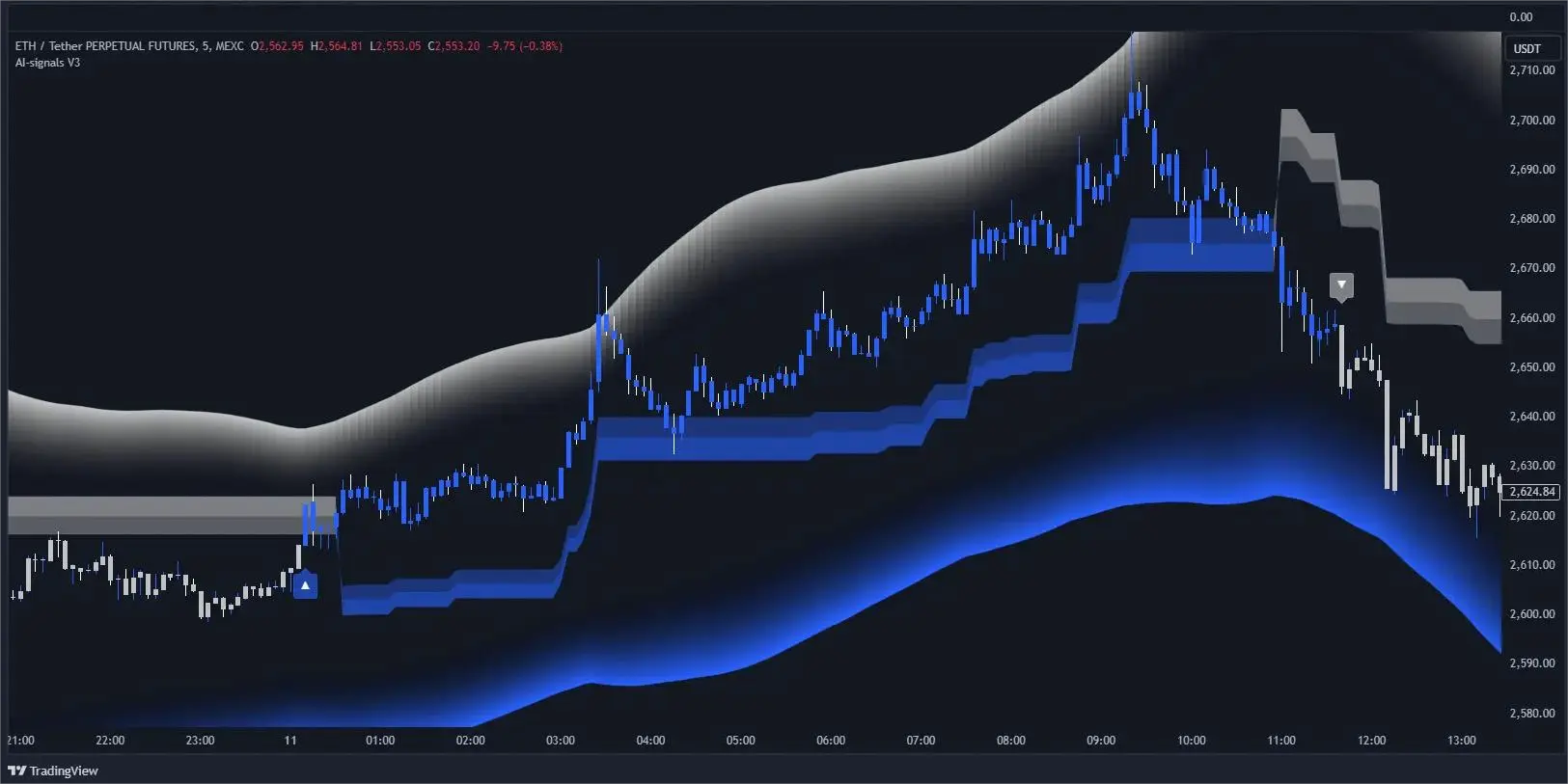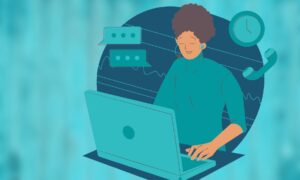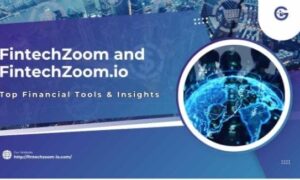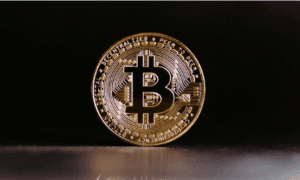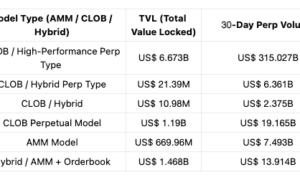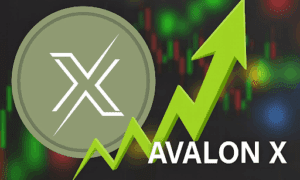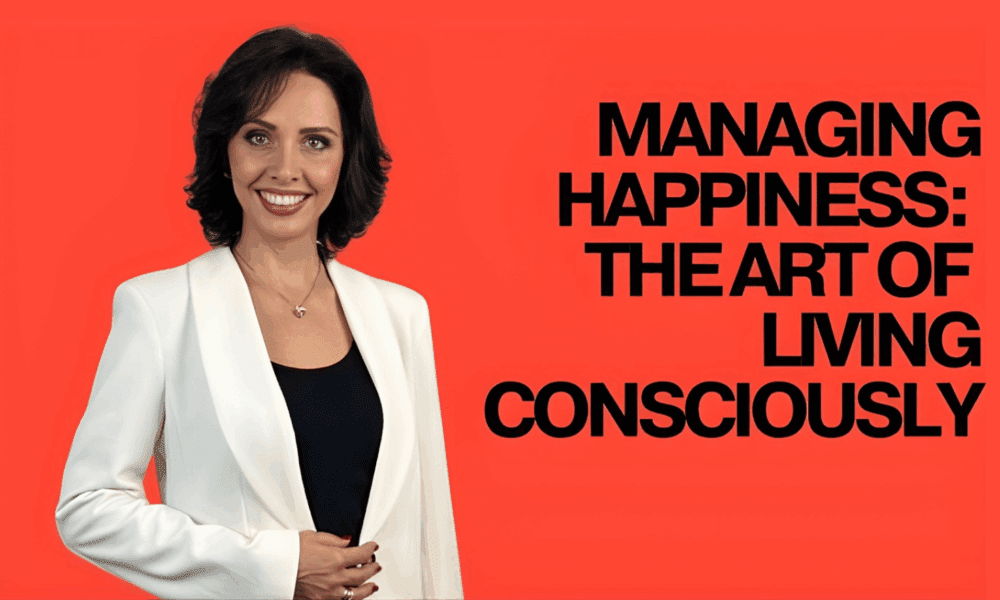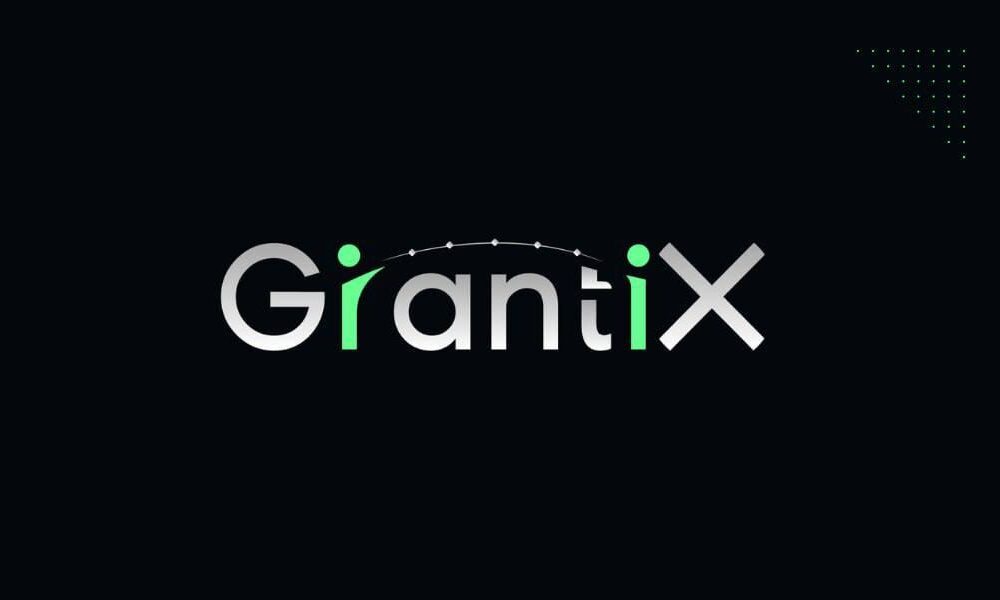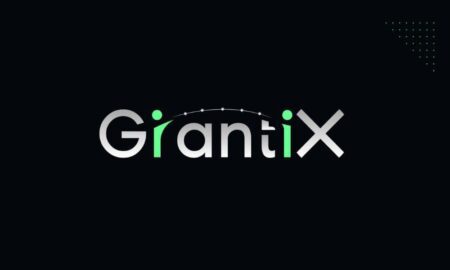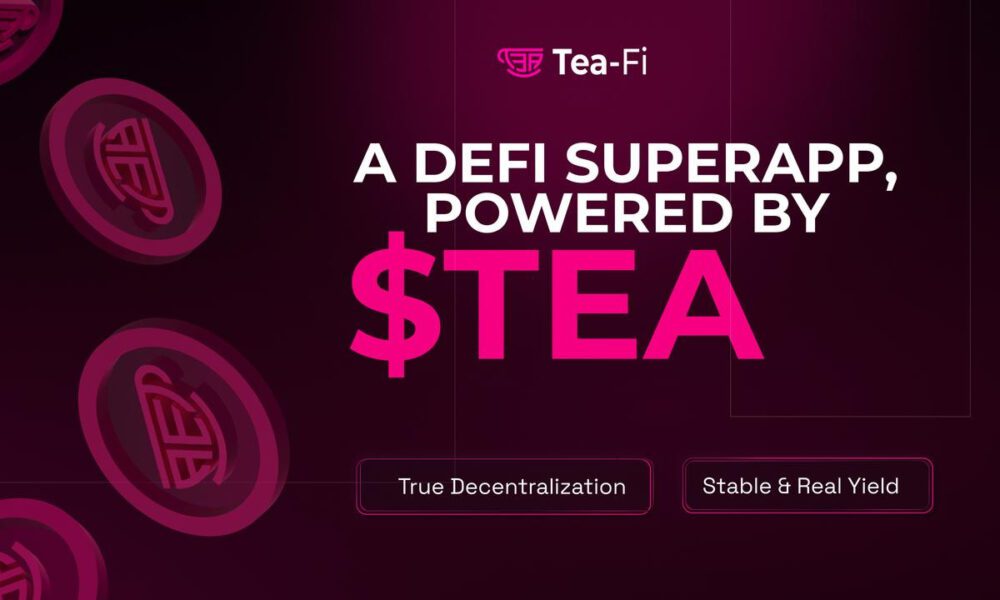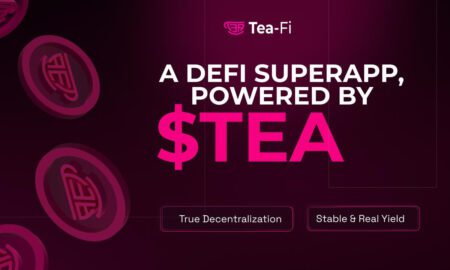The way traders make decisions has never stood still. In the early days, success relied almost entirely on intuition and experience. Later, technical indicators offered more structure, making analysis less subjective. Fast-forward to today, and we have access to a tool far more advanced: Artificial Intelligence (AI).
AI is capable of filtering massive volumes of financial data in a matter of seconds, identifying patterns and opportunities that humans alone could never process so quickly. For stock options traders, where timing and precision are everything, that ability is a genuine breakthrough.
Still, even the smartest algorithms aren’t flawless. AI can highlight a setup, but it takes human expertise to decide whether the opportunity is worth pursuing. That’s why the future of trading lies in a partnership between algorithms and analysts, not in choosing one over the other.
Defining AI Trading Signals
AI trading signals are essentially alerts produced by machine learning models. These models are trained to detect changes in price action, order flow, volatility, and volume patterns. The key
difference between traditional technical indicators and AI-driven systems is flexibility. Indicators follow fixed formulas; AI systems adapt and improve as new information comes in.
For instance, imagine an algorithm notices a sudden surge in call options traded on Tesla just before earnings. The AI will flag this activity in real time. A manual trader flipping through
charts might not notice the spike until it’s too late. With AI, the speed advantage is enormous.
But speed isn’t the same as accuracy. AI doesn’t understand context. It can say, “Something unusual just happened,” but it can’t explain why. That’s where human judgment becomes essential.
If you’d like to see how these alerts play out in live conditions, many AI trading communities now share signals in real time, often with explanations and examples of how traders interpret them.
Why Human Analysts Still Hold the Upper Hand
Markets are complex systems influenced by far more than numbers. Politics, central bank policy, global events, and even trader psychology all play huge roles. AI can track patterns but not the reasoning behind them.
Take Nvidia as an example. An algorithm might flag a bullish trade based on strong options activity. A human analyst, however, might check broader sector data, upcoming earnings, or market sentiment and conclude that risks outweigh the opportunity. That level of critical thinking can save a trader from entering a bad position.
Humans also provide insight into psychology. Large volume might look promising to an AI model, but an experienced analyst can recognize when it’s just hedging activity or speculation. Without that perspective, traders may act on misleading signals.
Blending the two is where there is a unique advantage: machines deliver speed and precision, while humans supply reasoning and restraint. This combination helps traders move from
impulsive decisions to structured, confident strategies.
Traders often compare their own reasoning with others inside discussion-based communities, which sharpens decision-making even further.
Why Options Trading Benefits Most
Although AI signals can assist in many markets, options traders arguably benefit the most from this technology. Here’s why:
- Leverage: With options, traders can control more shares for less upfront If the
trade goes well, the returns can be exponentially higher than buying the stock outright. Of course, this works both ways losses can also be magnified.
- Defined risk: Unlike stocks, where risk is theoretically unlimited, an option contract has a known maximum loss: the premium. This makes risk management clearer and often
less stressful.
- Flexibility: Options are incredibly Traders can hedge stock positions with puts, earn passive income with covered calls, or design strategies that profit from volatility instead of direction.
Pair these features with AI, and the advantages multiply. Algorithms can flag volatility spikes, unusual open interest, or price-volume imbalances that fit perfectly into options strategies.
That’s the reason why more traders are exploring stock options communities, where AI alerts and human insights intersect, making it easier to learn strategies that take full advantage of these dynamics. A well-run trading hub can make all the difference here.
The Hidden Power of Trading Communities
One often-overlooked piece of trading success is community. Many traders learn by trial and error in their early days and rapidly become aware of the drawbacks. It’s simple to fall into unhealthy behaviors like overtrading, revenge trades, or disregarding stop-loss guidelines when there is no responsibility or feedback.
Communities change that dynamic. Instead of just getting a signal, members see how others interpret it, when they enter or exit, and what risk management they apply. This not only
accelerates learning but also provides reassurance when markets get tough.
For new traders, it’s a support system that builds confidence. For experienced traders, it’s an opportunity to exchange perspectives and refine strategies.
Another benefit is discipline. Being part of a peer group naturally encourages accountability. Sticking to a plan becomes easier when you know others are following the same structured process. Plenty of traders rely on collaborative spaces for exactly that reason.
In today’s markets, which move faster than ever, a strong trading community acts as a stabilizer, offering direction and clarity when emotions might otherwise take over.
Conclusion
The idea that AI could replace human traders is misleading. The reality is that both have
strengths and weaknesses and when combined, they create a system stronger than either one alone.
AI trading signals provide unparalleled speed and precision. Human analysts bring interpretation, context, and judgment. For stock options traders, this pairing is especially powerful, enhancing
strategies built on leverage, flexibility, and clear risk limits.
Add in the value of a supportive trading community, and you have a framework where knowledge, accountability, and confidence all reinforce one another.
In short: AI shows you the signal, humans tell you the story, and communities keep you on track. That’s what smarter trading looks like.

